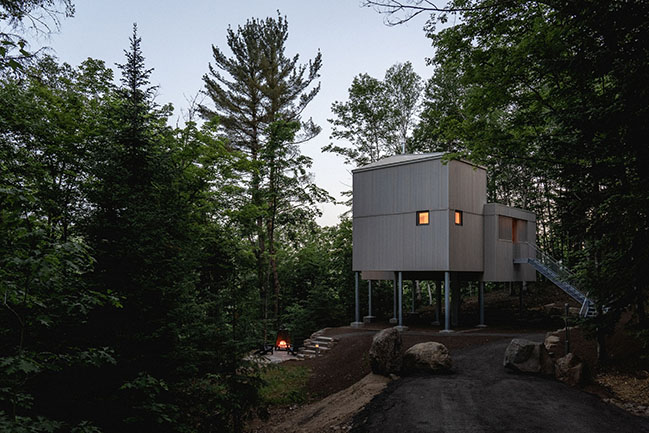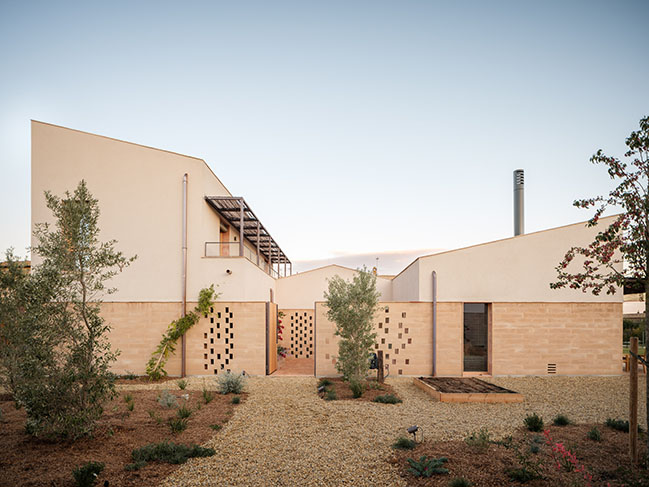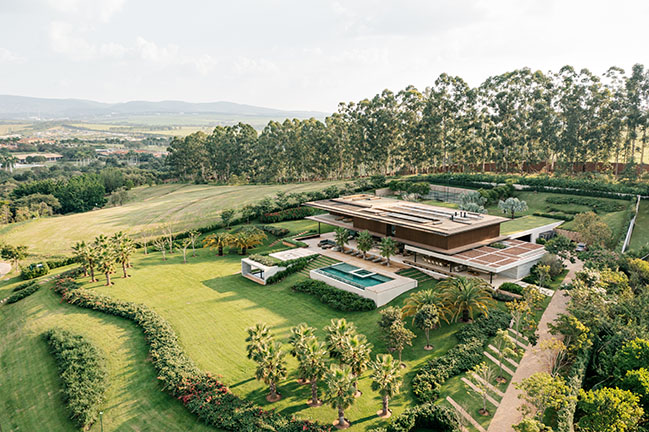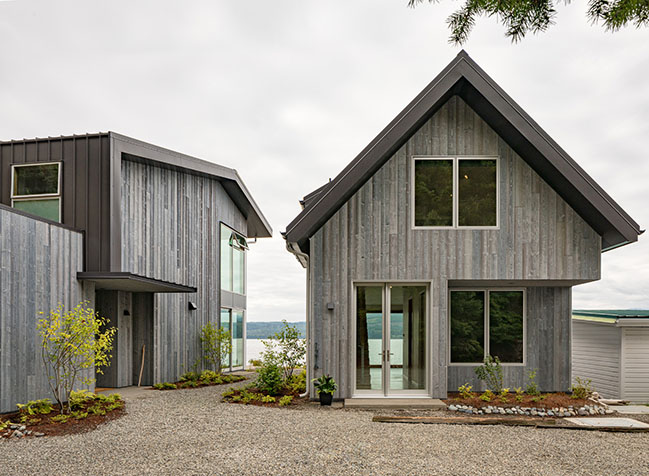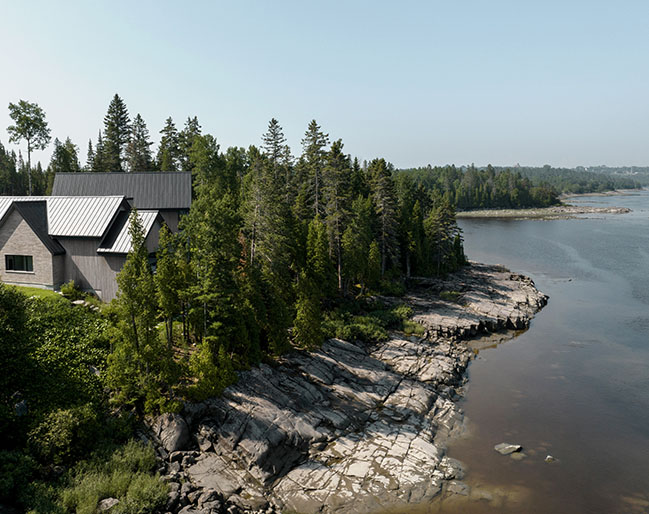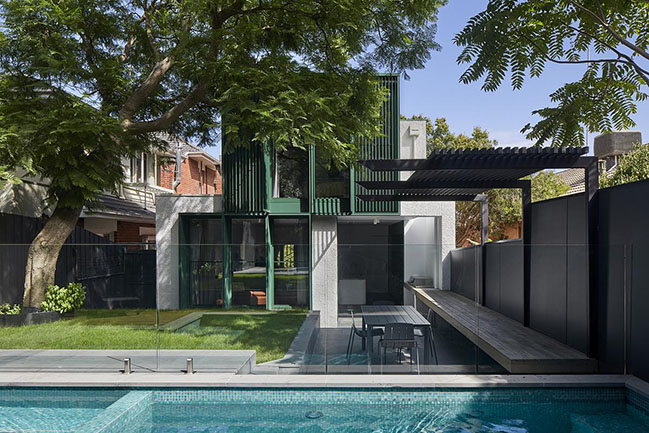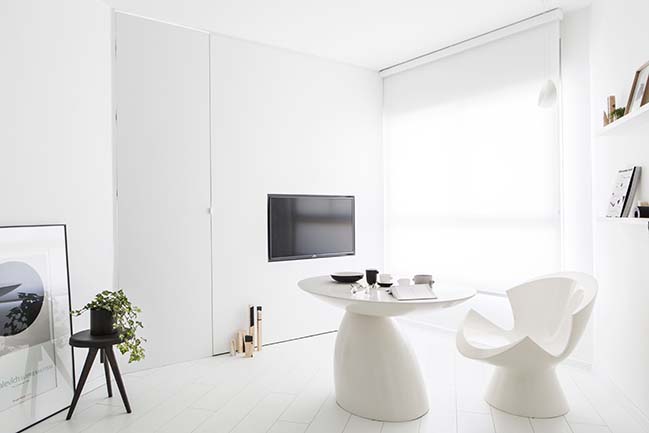07 / 17
2024
The project successfully integrates the aesthetic concept of living in mountain and bamboo into modern villa life, creating a residence that blends classical charm and modern comfort...
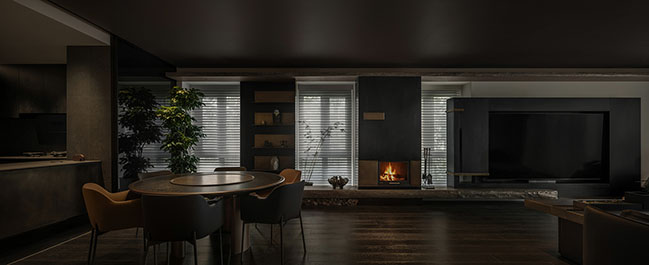
> CUN Design presents their new office in Beijing
> MACQUARIE R&D Centre by CUN DESIGN
Project's description: In modern villa residences, recreating a mountain life scene is akin to traditional Chinese literati painting. It does not emphasize the meticulous depiction of objective details with exquisite brushwork technique, but rather focuses on expressing aspirations through objects, and emotions through scenery. The original architectural space is viewed as a blank canvas where one can draw and paint at will.
Bamboo is a significant representative of the Chinese literati spirit. In the Zijin No.1 Courtyard project, Cui Shu uses bamboo as the thematic element. With a few strokes, he outlines the ideal lifestyle of living in seclusion accompanied by bamboo.
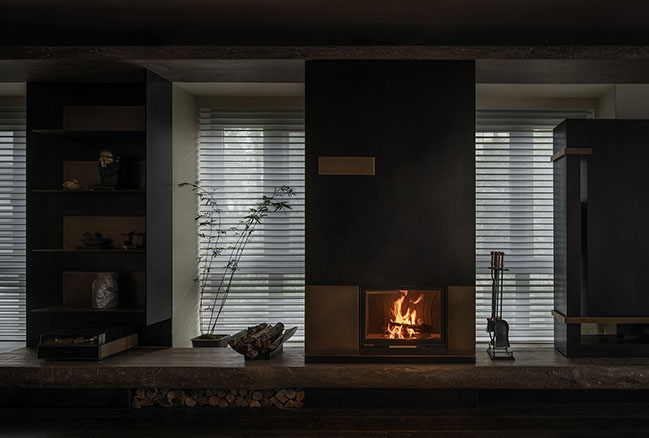
Opening the Door to See the “Mountain”
In the Song Dynasty, the popular concept of “urban mountains and forests” demonstrated the desire to incorporate natural mountain dwelling scenes into urban space.
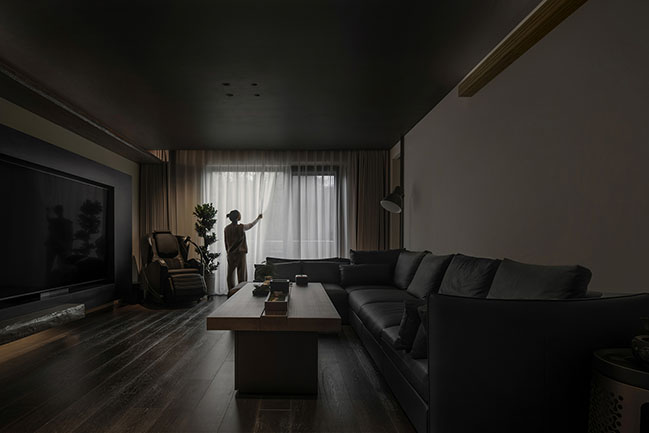
After the Ming and Qing Dynasties, with the drastic compression of urban space, having a “mountain” at home became a luxurious aspiration. Therefore, the method of “viewing walls as mountains” appeared. In this project, Cui Shu explores new expressions of “wall mountains”.
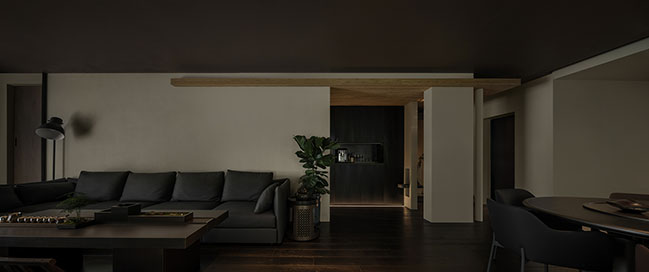
A protruding half-wall at the entrance visually narrows the hallway entrance, contrasting with the subsequent roominess of the public space inside.
In the lower part of the half-wall, a small window is opened, through which a piece of black granite marble extends. The texture of the stone is preserved. Placing a potted plant on it immediately evokes the imagery of a wall of mountains and forests.
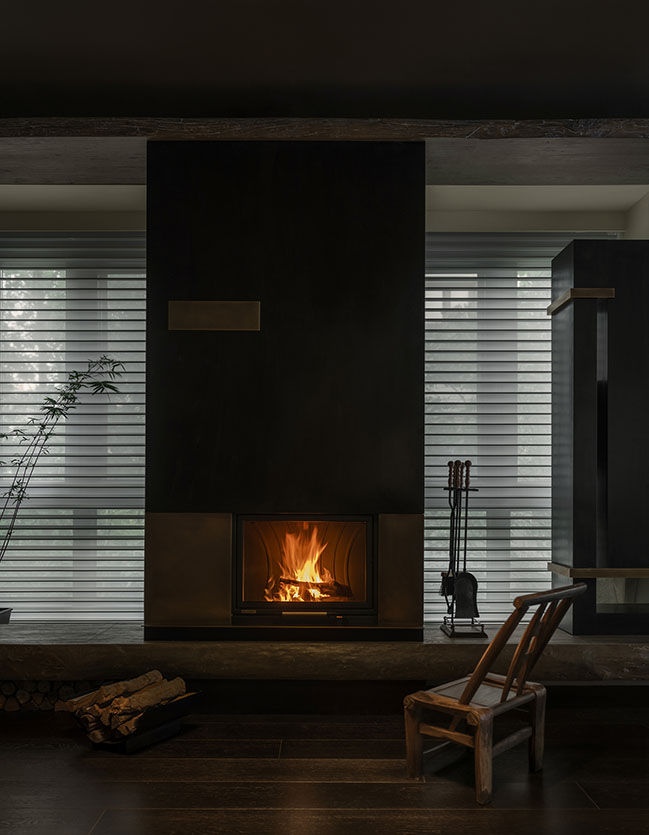
As people move through the space, they view it from different angles, leading to various interpretations of the “mountain”.
Granite with natural textures is repeatedly used as cabinet panels and shelves, counterpointing with the timeworn wooden boards and adding a touch of rustic charm to the room.
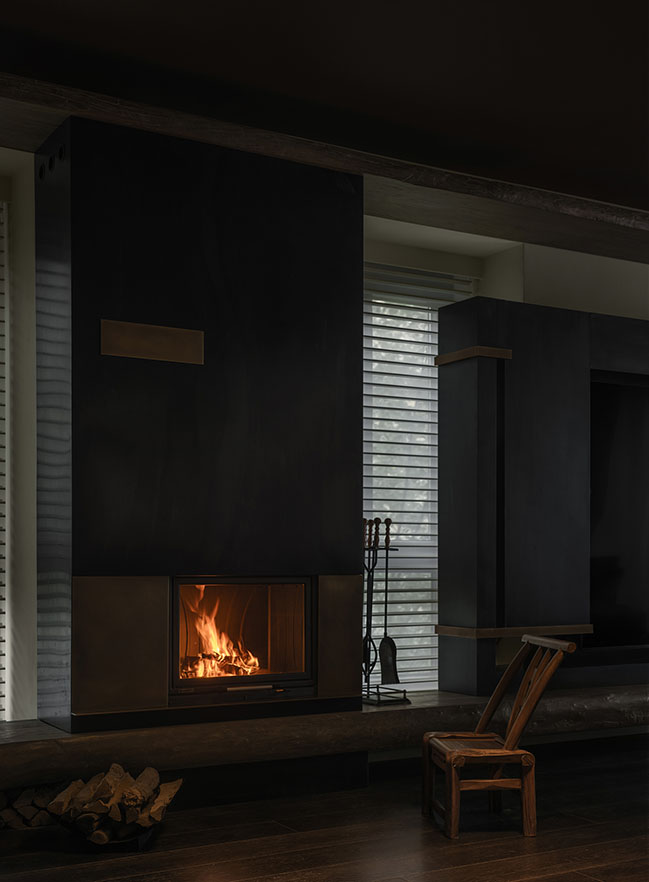
The stone, taken from the mountains, returns to the idea of overlapping peaks; the tree, part of the forest, returns to the imagery of lush mountains. These elements reflect the oriental philosophy Cui Shu tries to express in the space.
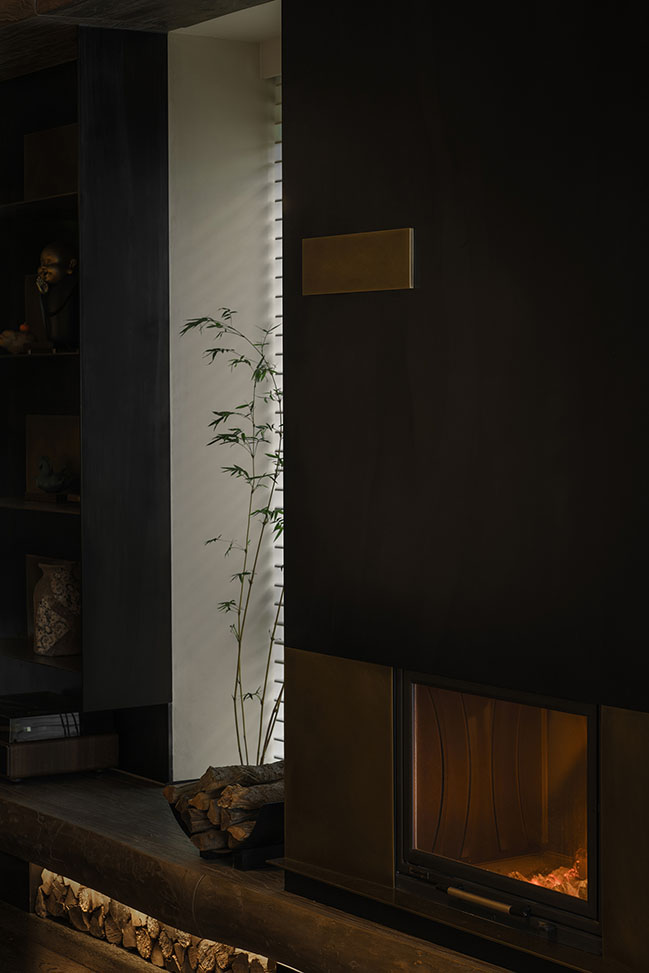
Between Living and Wandering
Chinese gardens are not designed just for living, but also as place to experience changing scenery and wander and play.
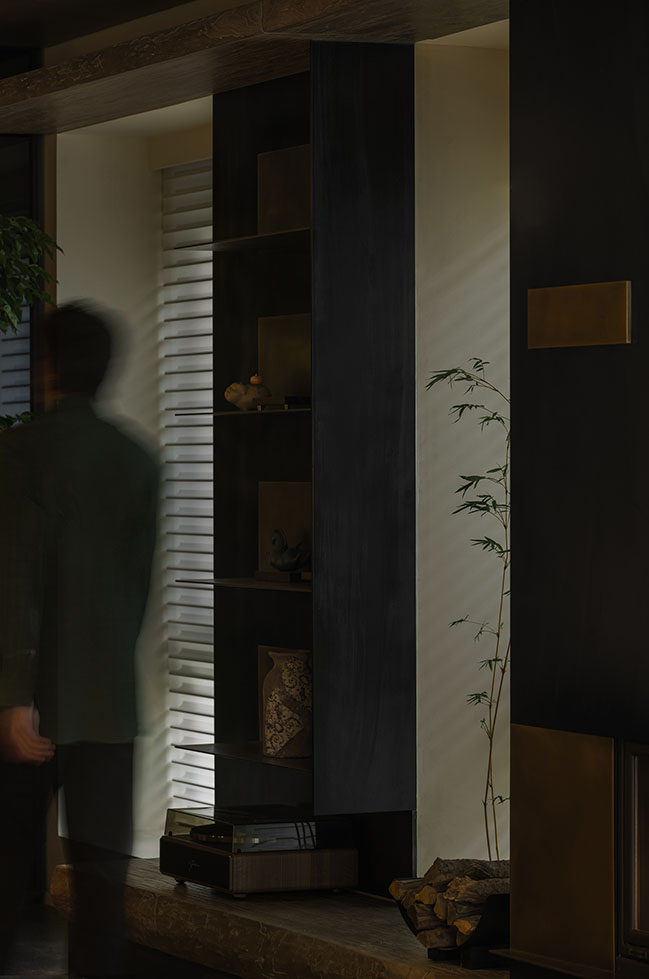
Modern residences tend to divide space into individual closed rooms by function. To restore this wandering experience, Cui Shu first opens up the relatively enclosed rooms and re-links different open spaces with “corridors”, creating diverse possibilities for wandering and viewing.
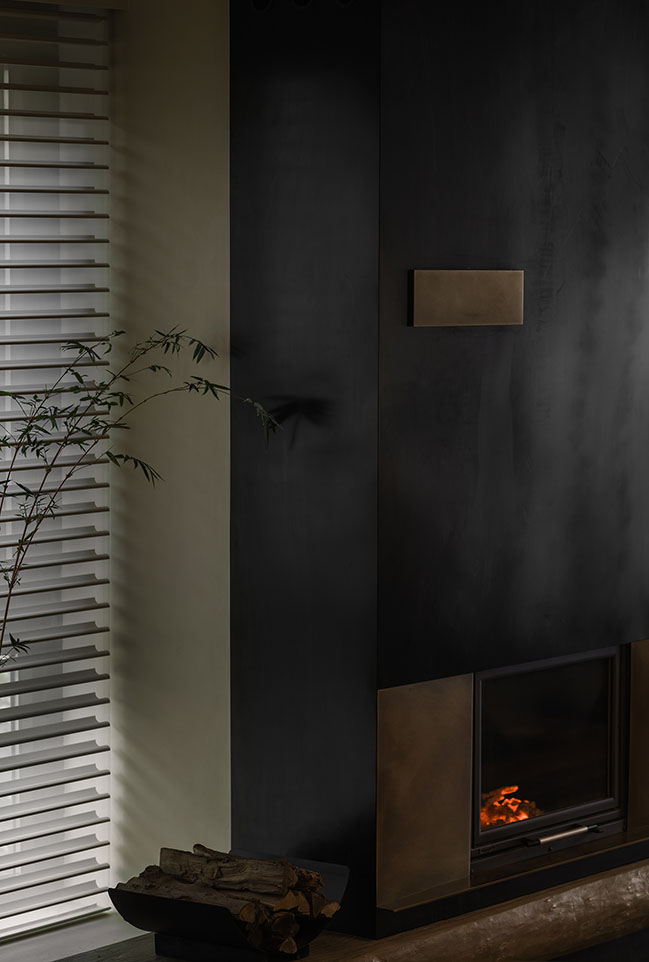
The foyer is parallel to the dining room, kitchen and living room. Thus, the “columns” here serve both as structures and boundaries in the area.
The ceiling of the foyer is arranged with thin bamboo, deliberately adding a sense of volume to the space. It seems to intersect with the living room wall, strengthening the connection between the two areas and forming a subtle balance with the transparent materials. With the light casting from above, ambiguous shadows appear in the foyer.
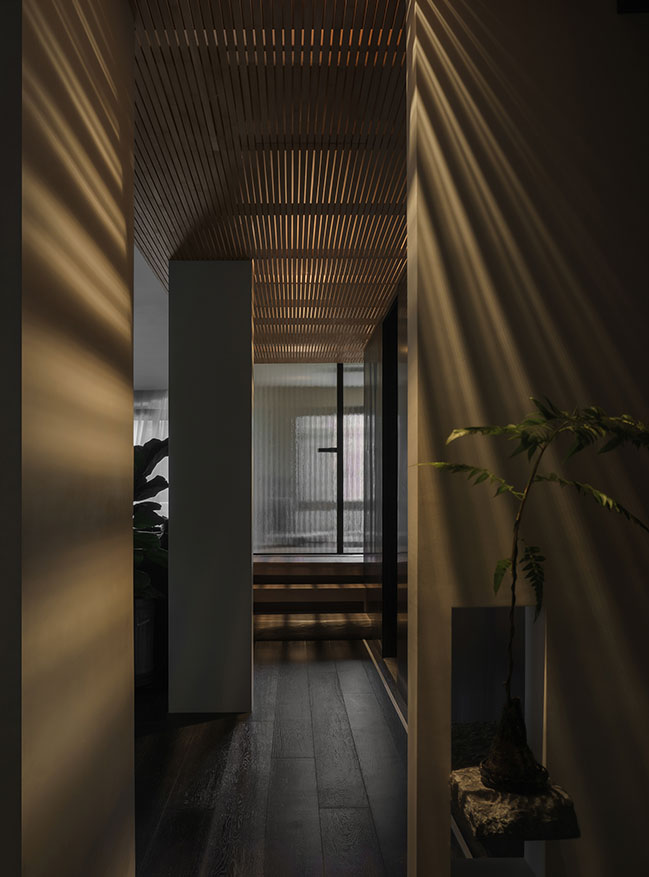
The living room window also echoes with it in the shape of a “column”, reconstructing the rhythm of the vertical walls while ensuring transparency. Translucent blinds and slightly protruding potted bamboo resemble a vivid ink wash painting.
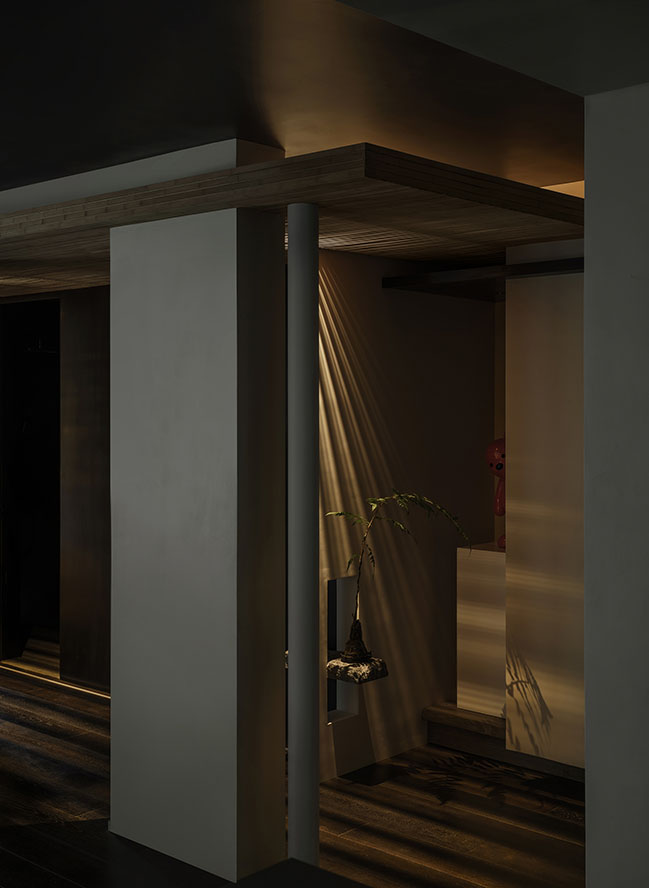
Stepping up to the second floor, there is a tea room where people can sit on the floor and taste tea. The shadow of bamboo and the fragrance of tea fill the room, recreating the Tang Dynasty literati’ s coziness and pleasure of “enjoying Zisun tea under the bamboo with a meeting of minds of friends”.
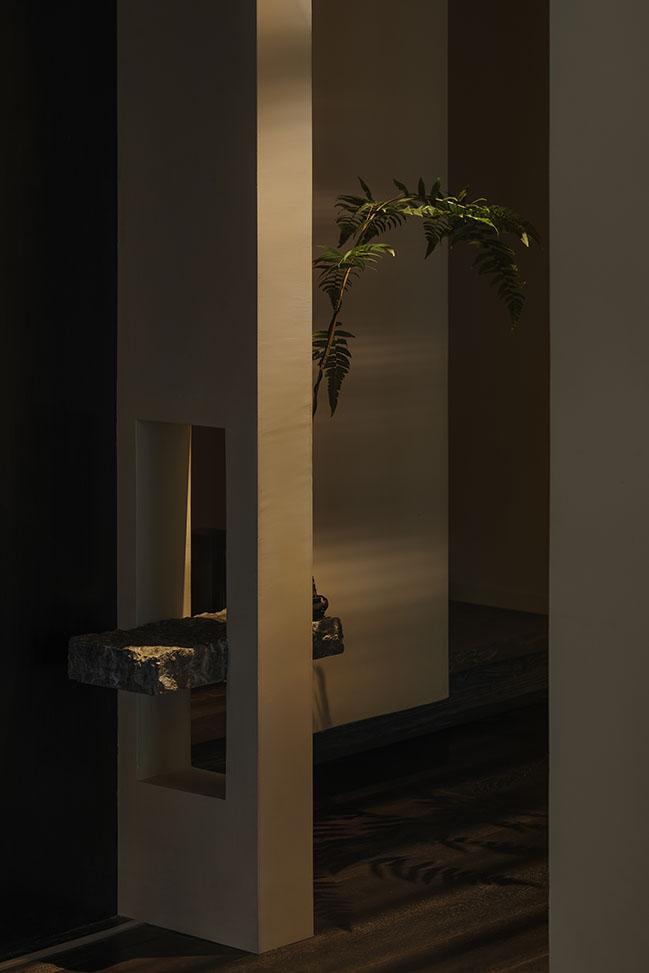
The ribbed glass in the master bedroom serves as a half-wall partition. It opens a new visual dimension vertically, creating a diverting vision of indistinctness when someone walks by. The oblique eaves, the circular ceiling, and the antique open shelves, to some extent, are the extracts and translations of design language from ancient architecture and traditional living spaces.
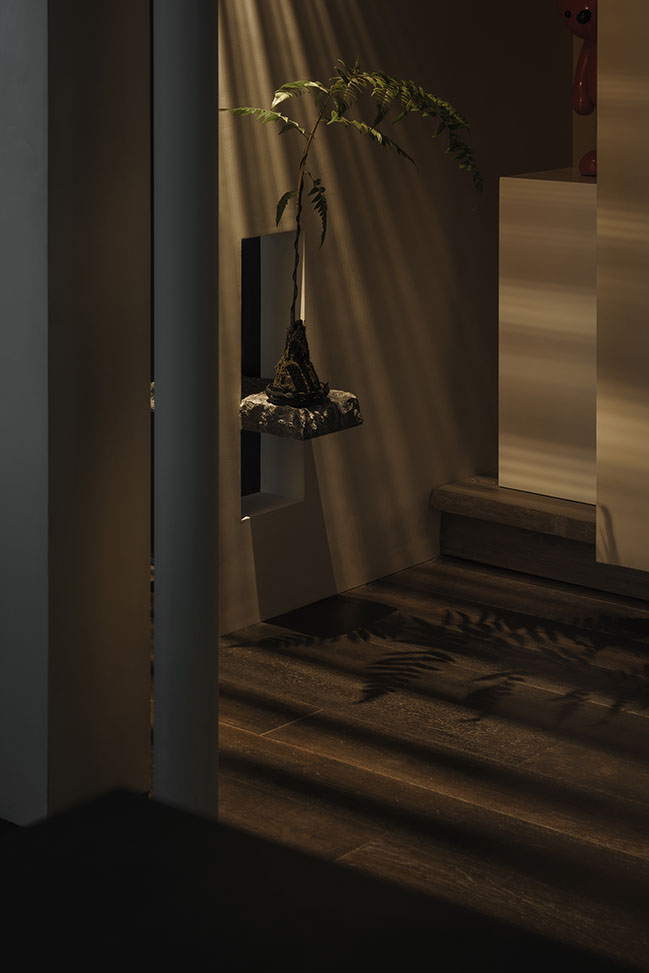
Under designer Cui Shu’s ingenuity, the Zijin No.1 Courtyard project successfully integrates the aesthetic concept of living in mountain and bamboo into modern villa life, creating a residence that blends classical charm and modern comfort.
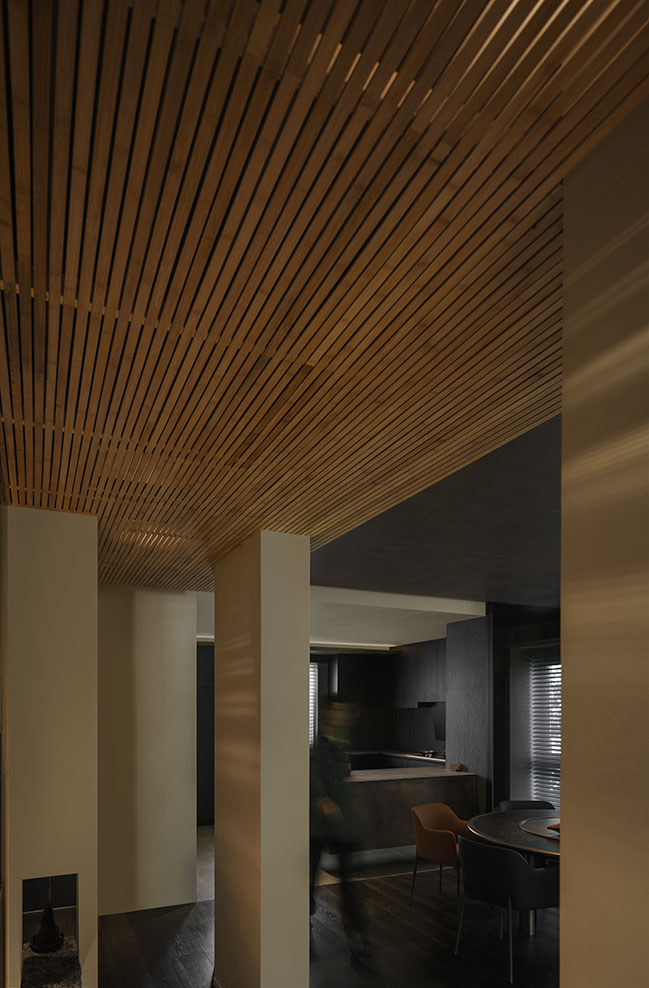
Every detail, including space, light and shadow, and materials, reveals the designer’s yearning for nature and a new interpretation of oriental philosophy. Such a residence not only provides the chance to experience the joy of wandering through the space, but also realizes the ideal of integrating living and wandering, nurturing both body and mind.
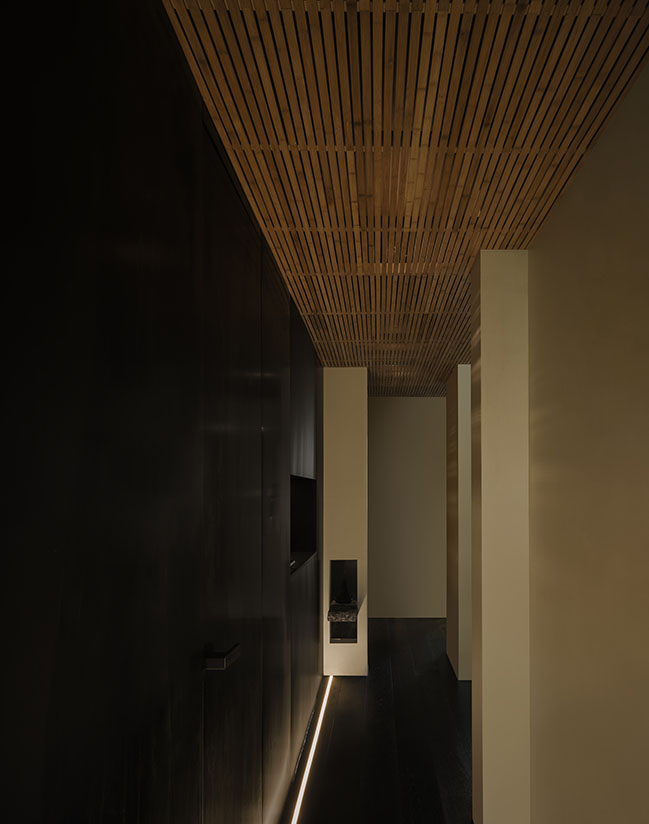
Design Firm: CUN DESIGN
Location: Daxing District, Beijing, China
Year: 2023
Building Area: 450 sqm
Chief Designer: Cui Shu
Photography: ICY WORKS
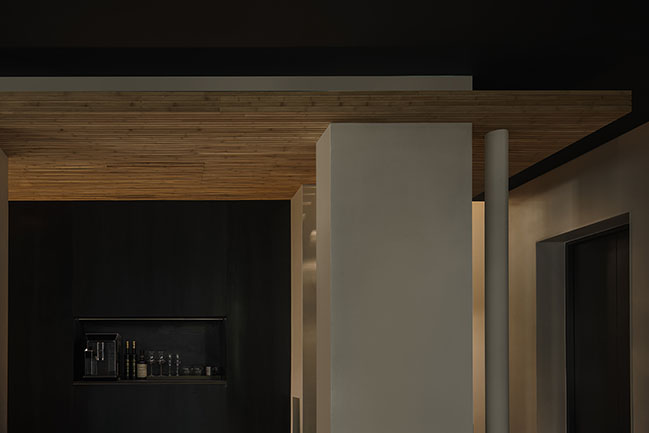
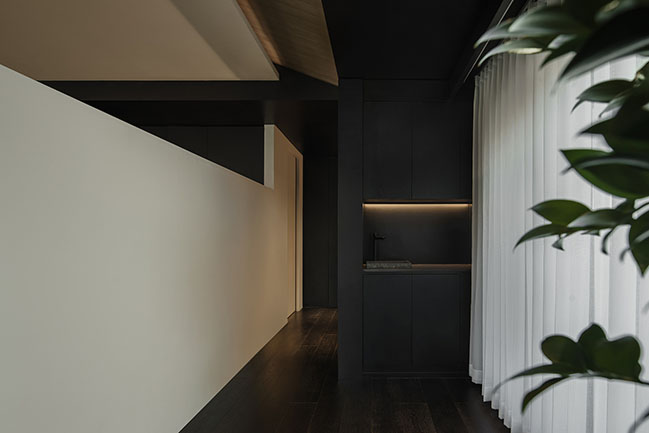
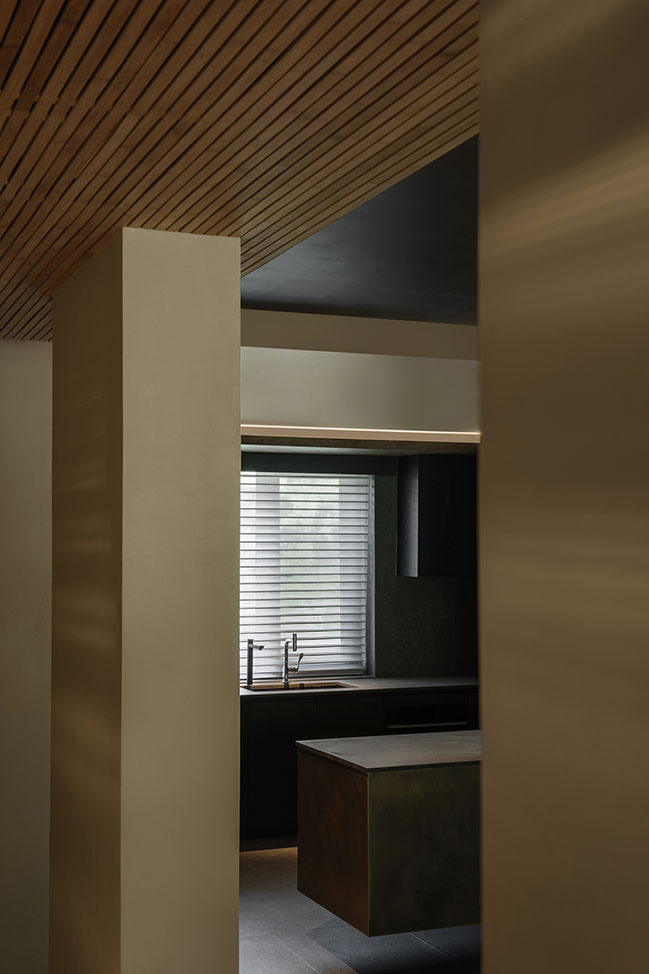
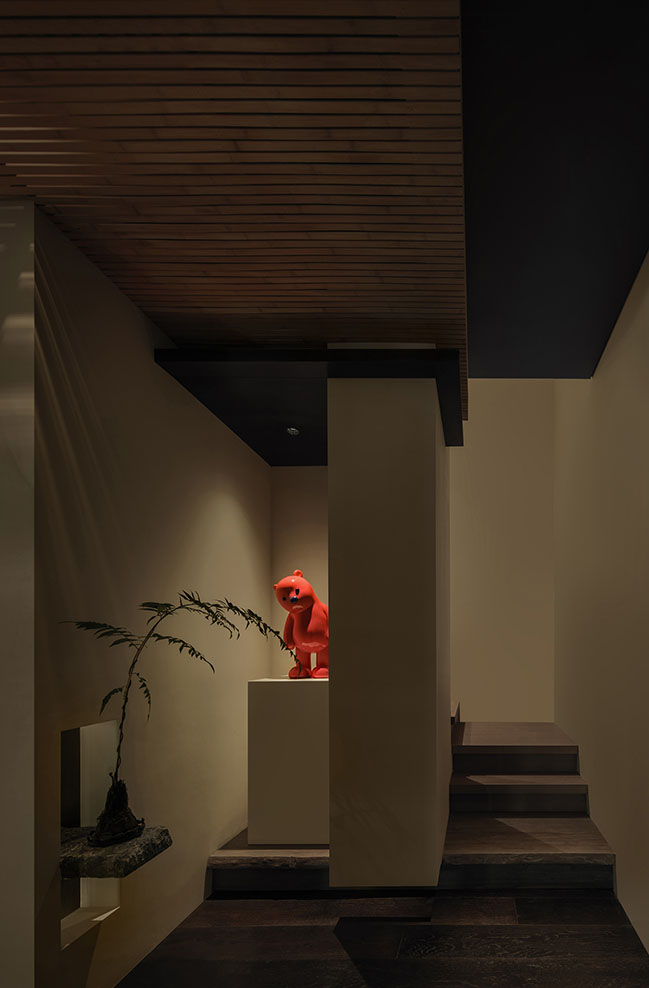
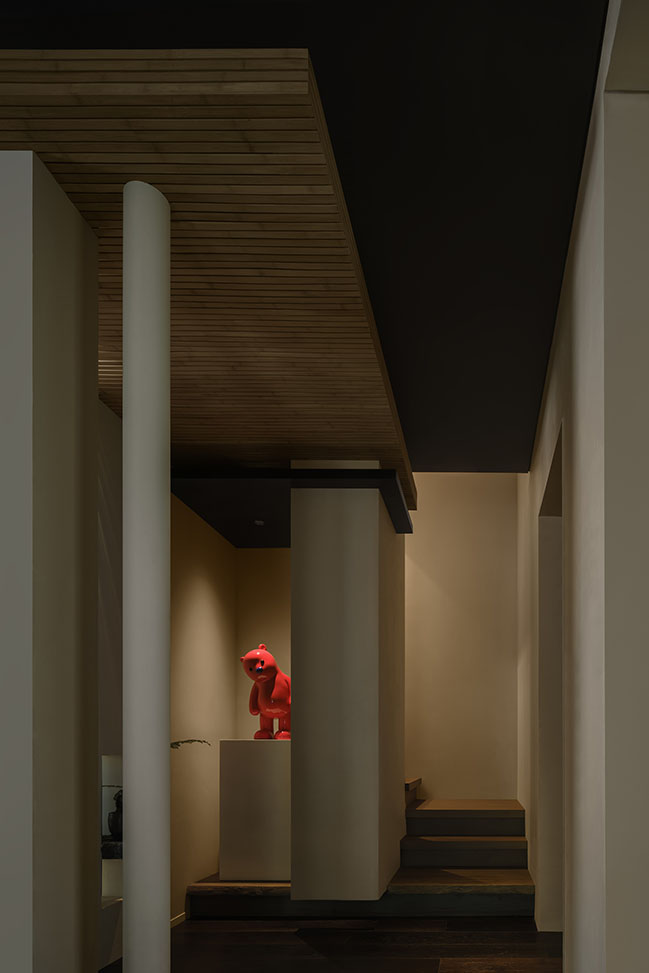
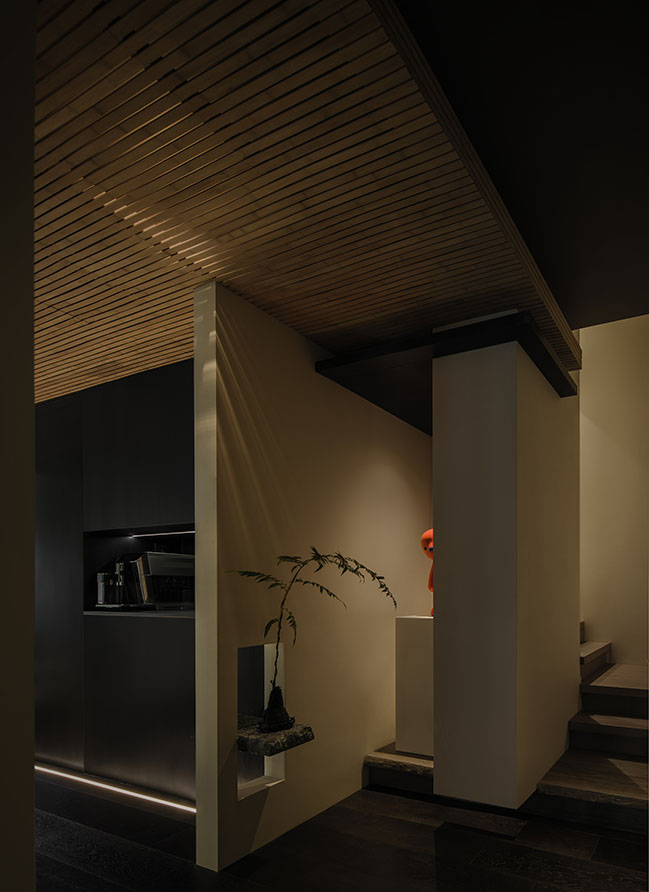
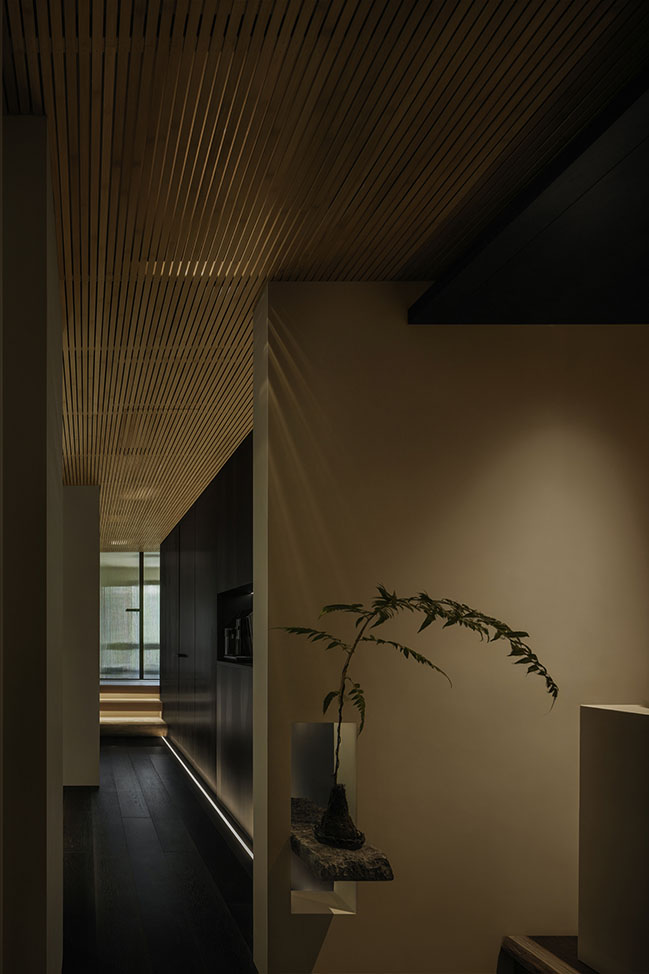
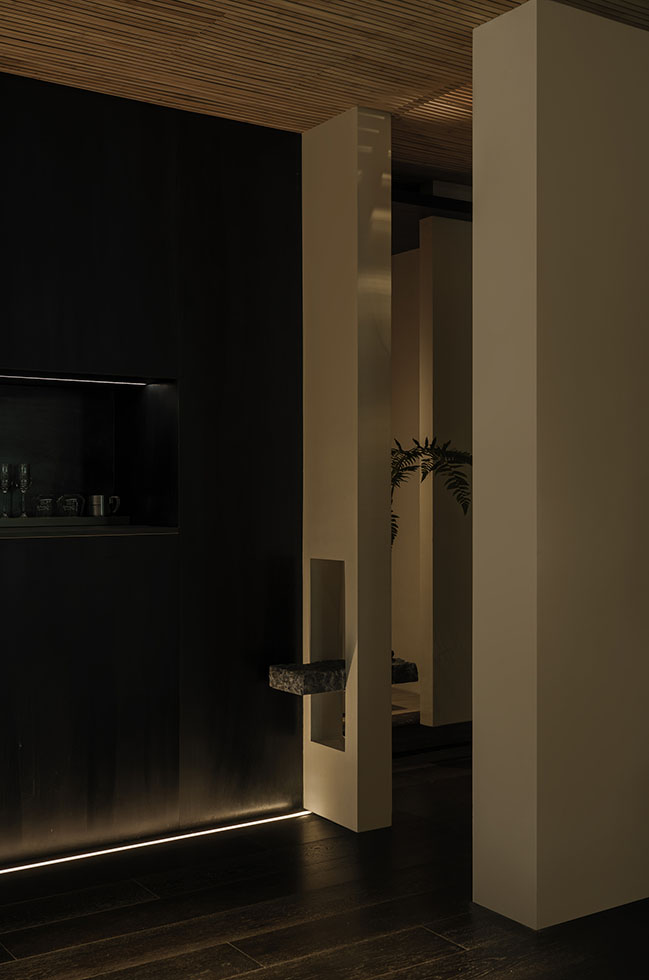
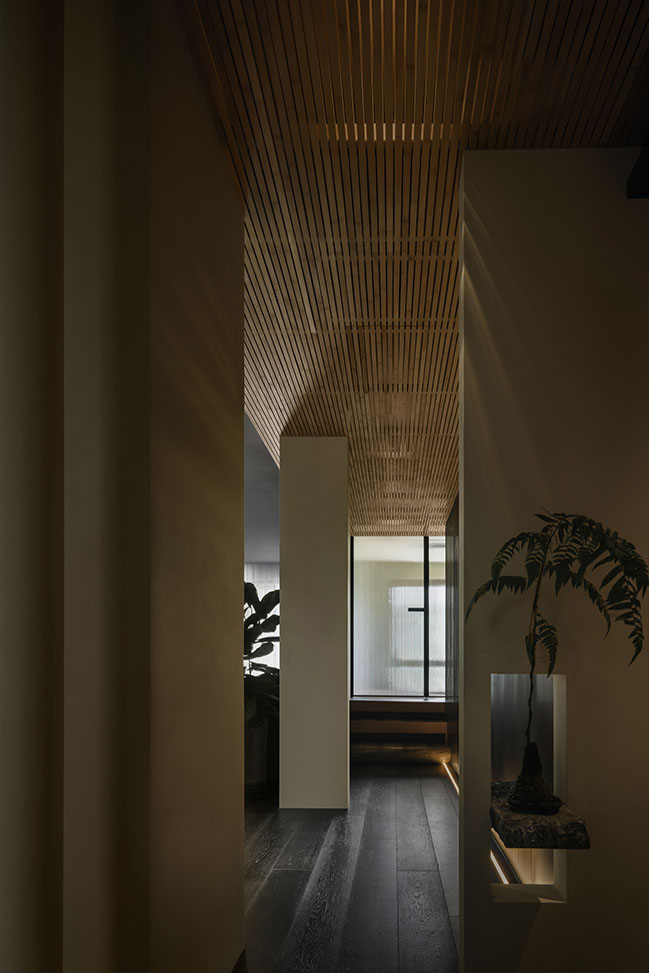
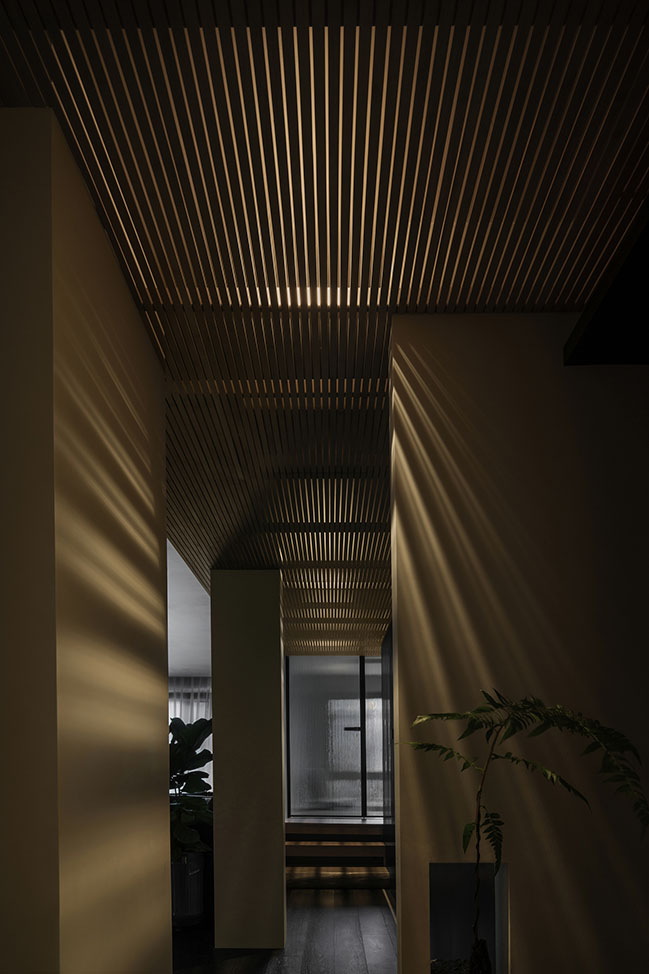
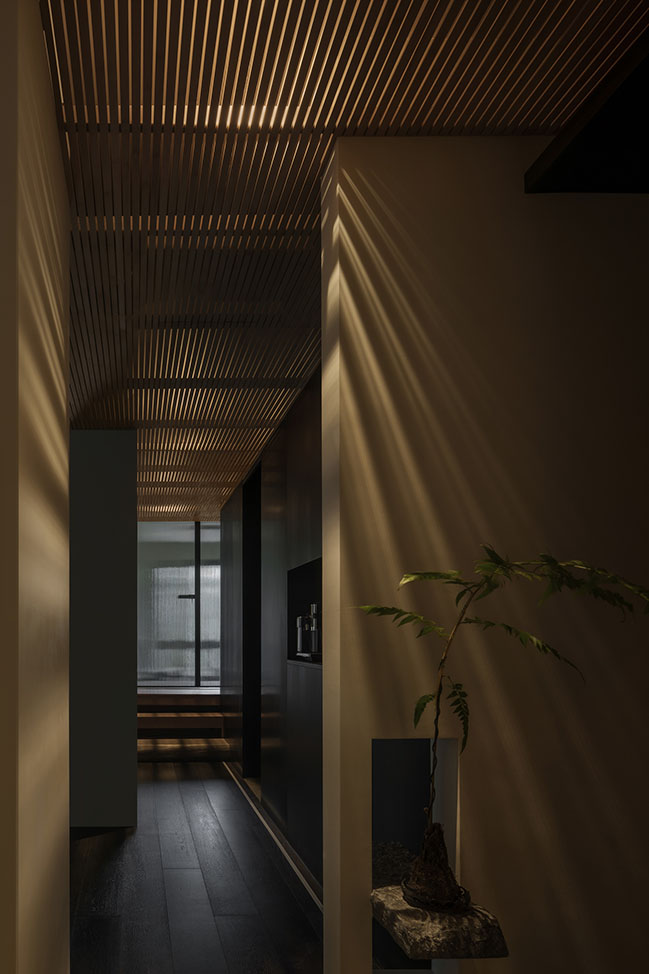
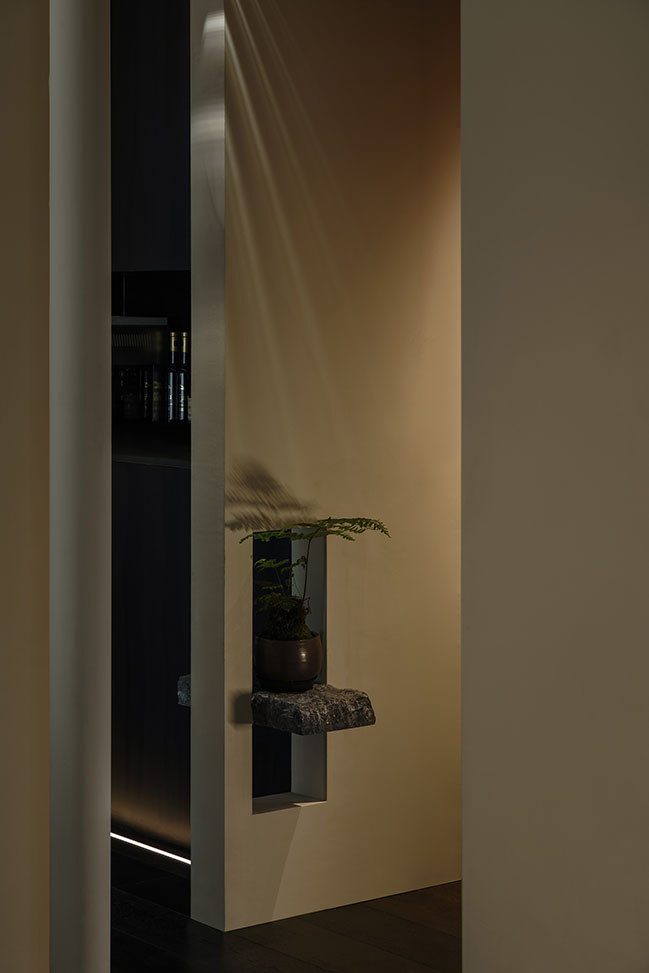
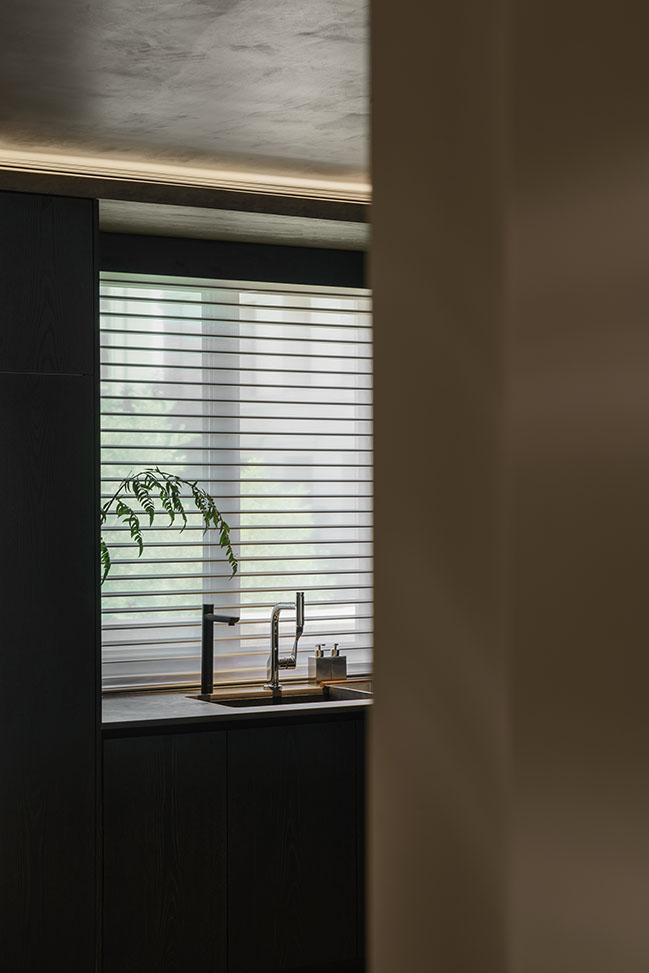
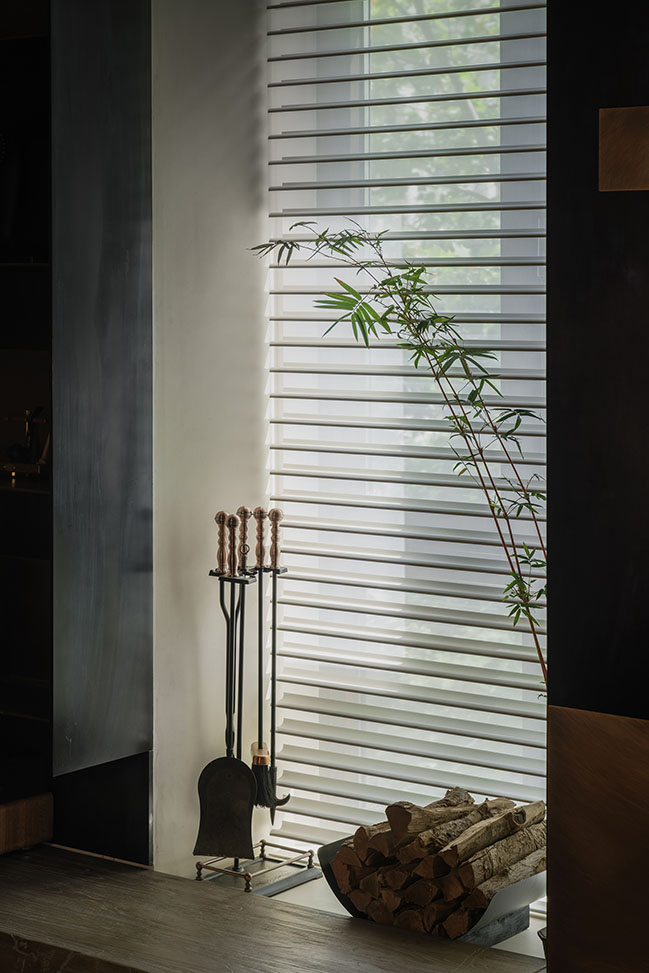
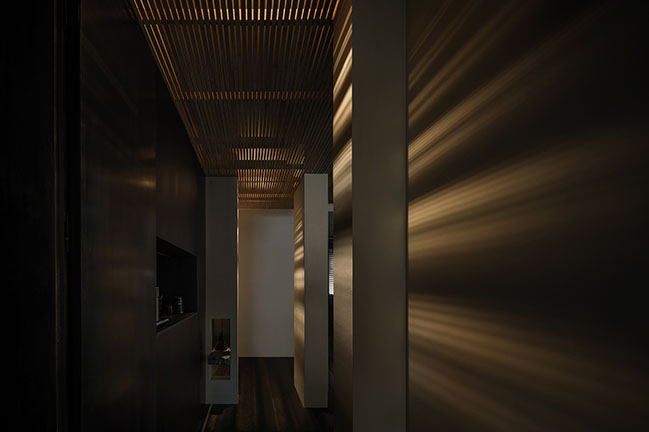
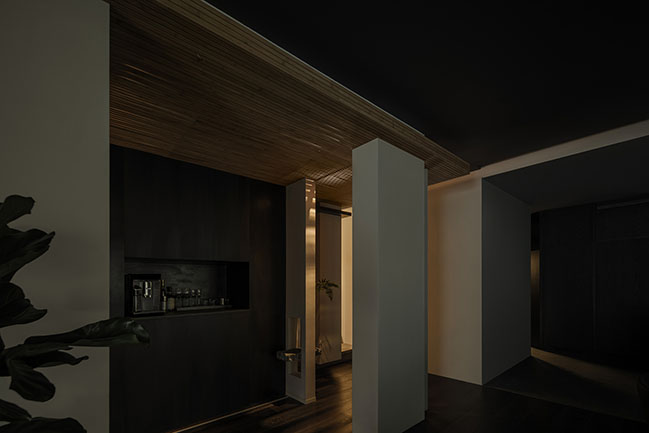
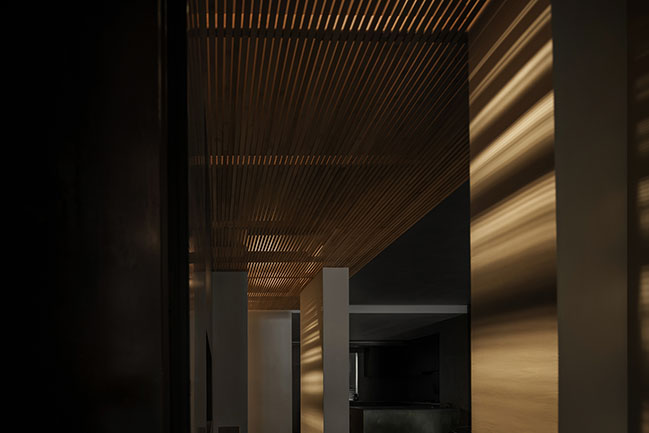
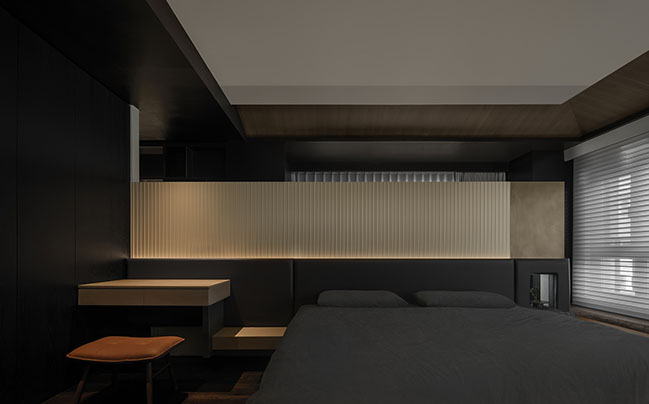
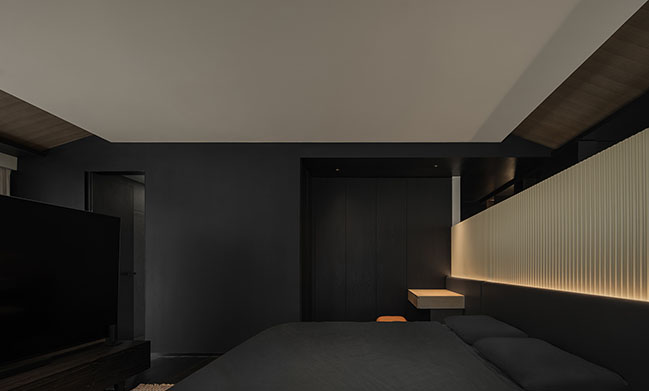
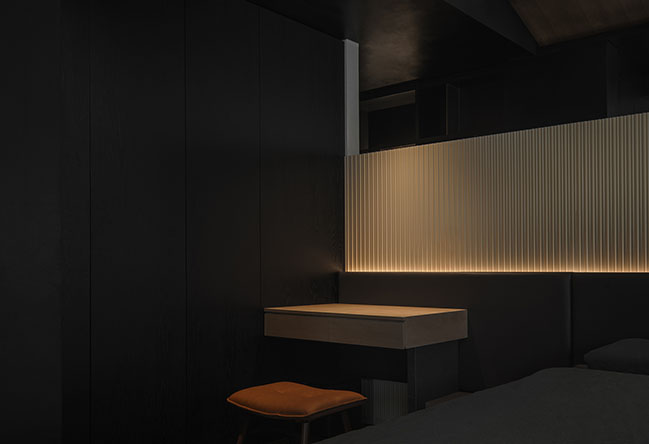
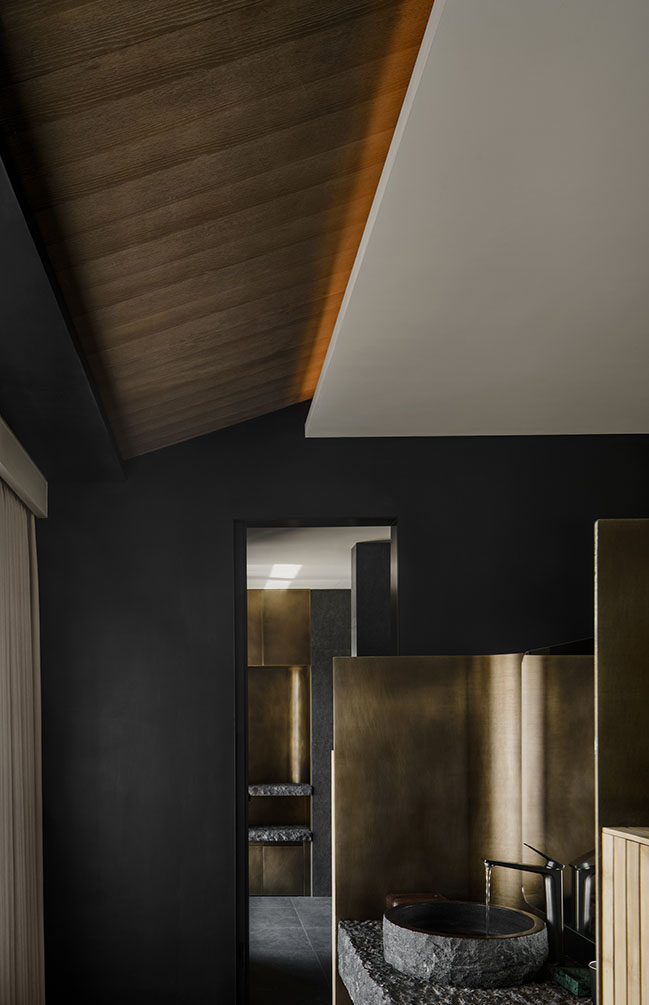
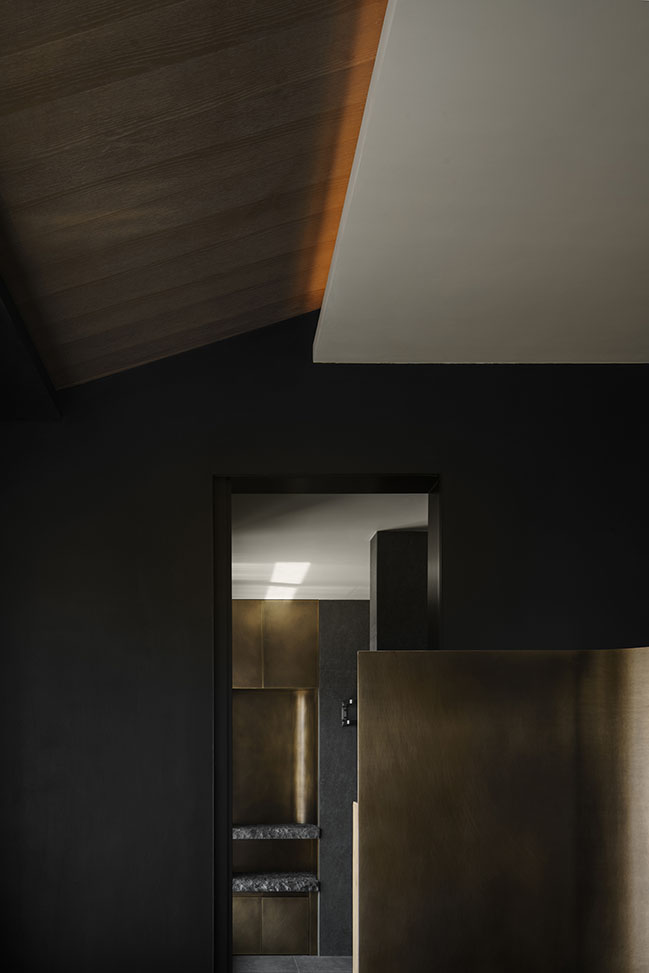
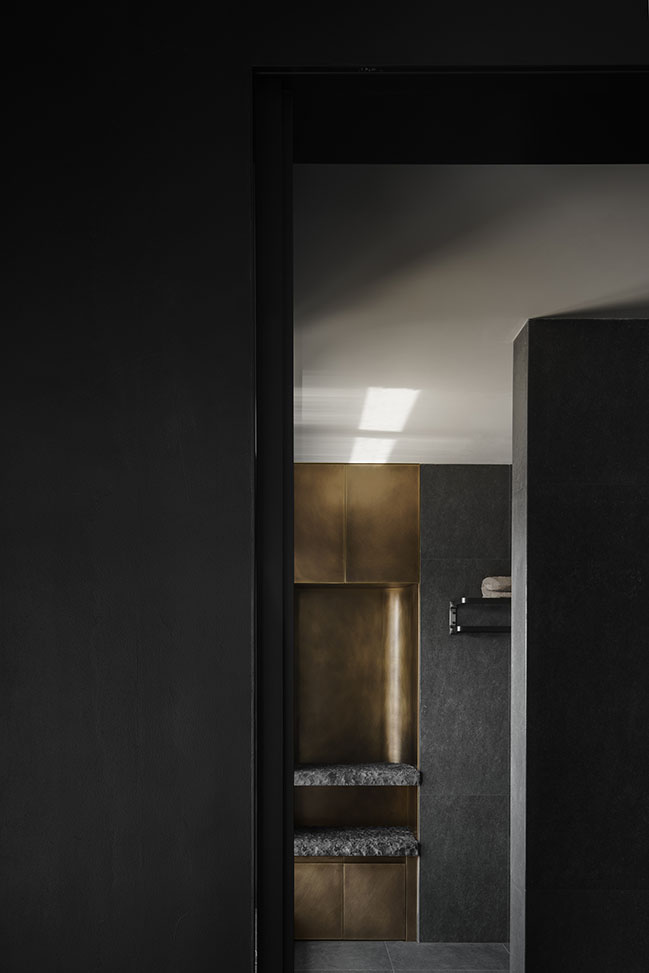
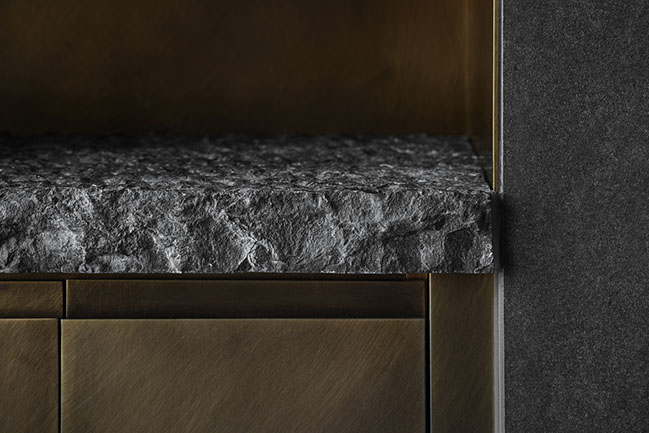
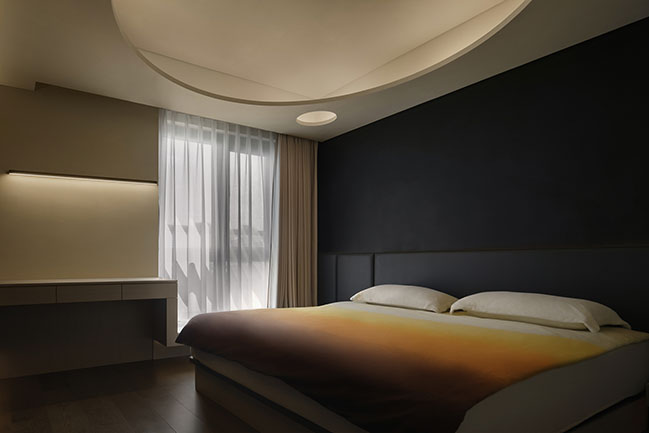
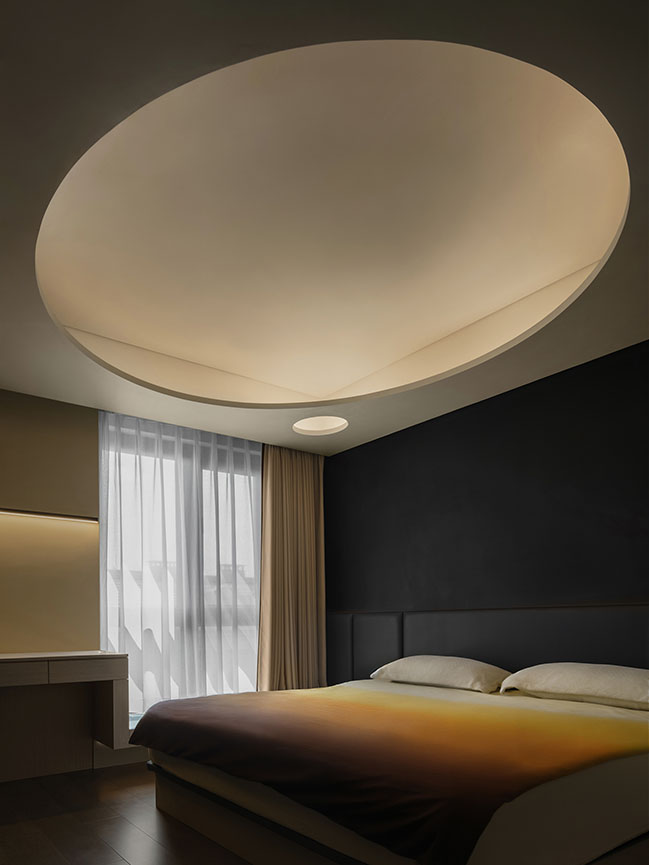
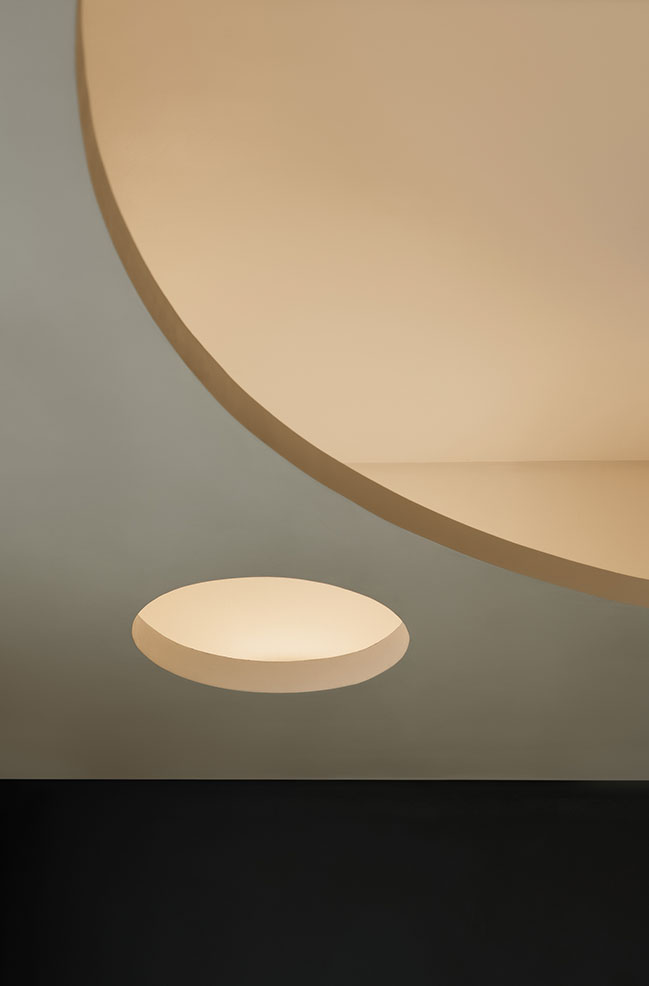
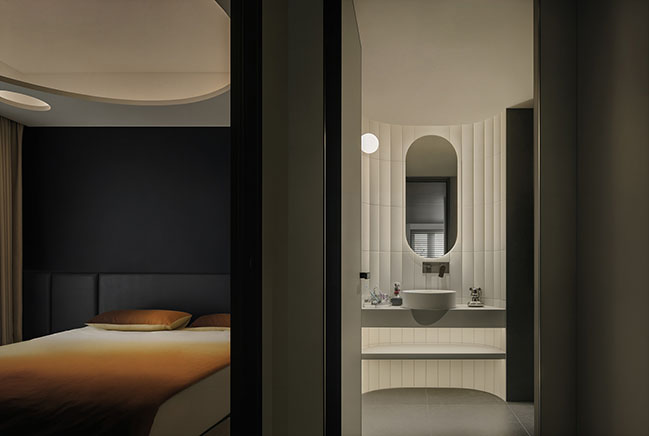
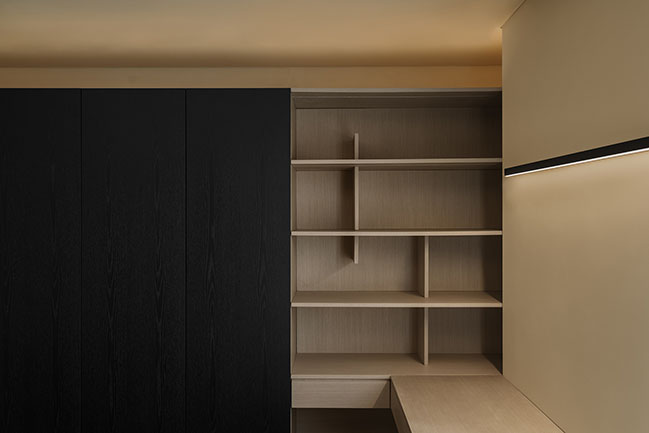
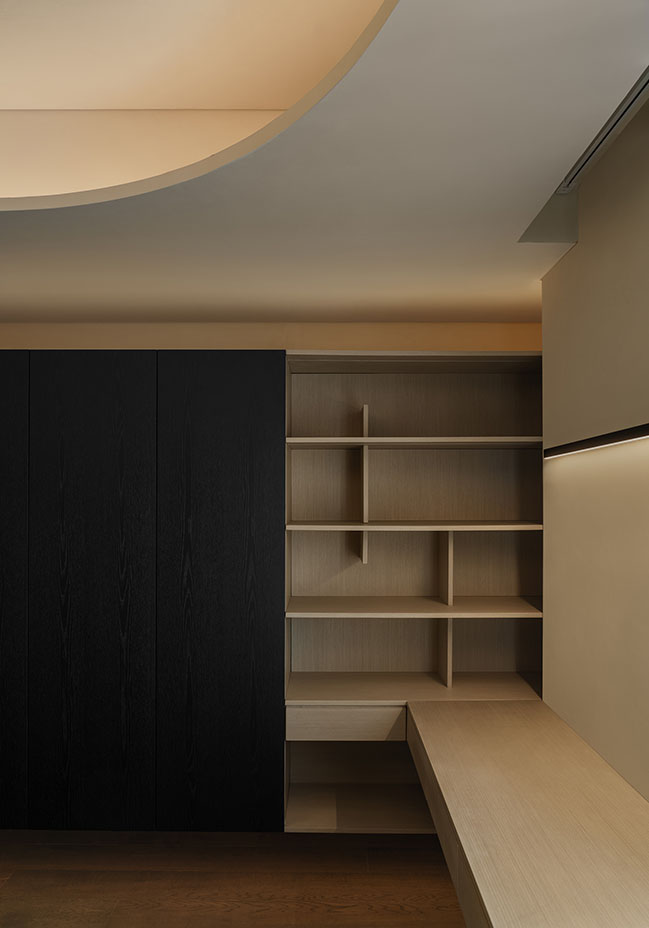
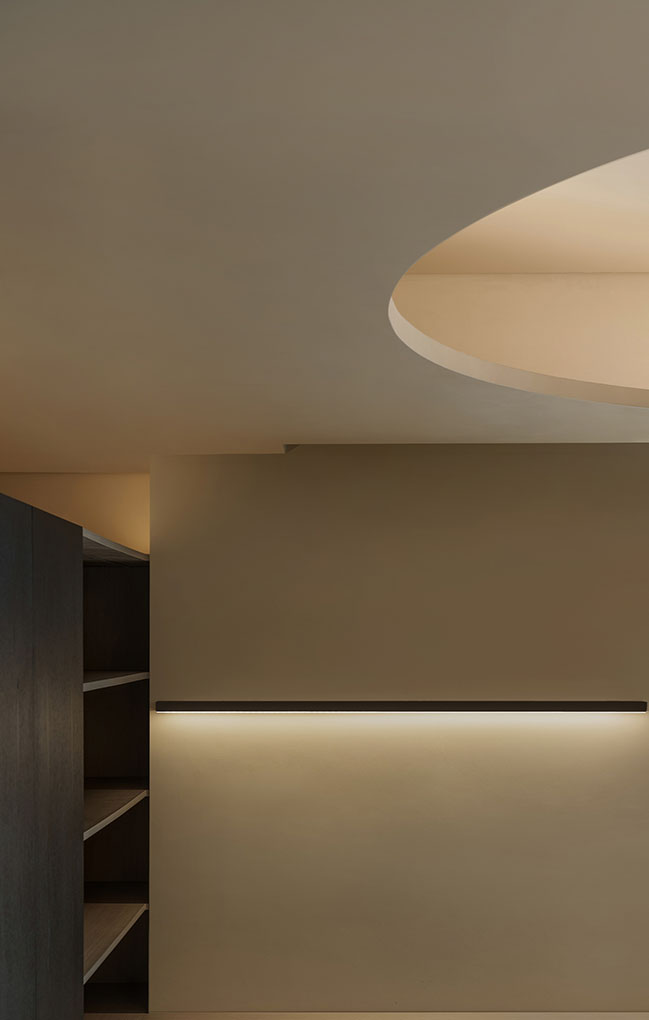
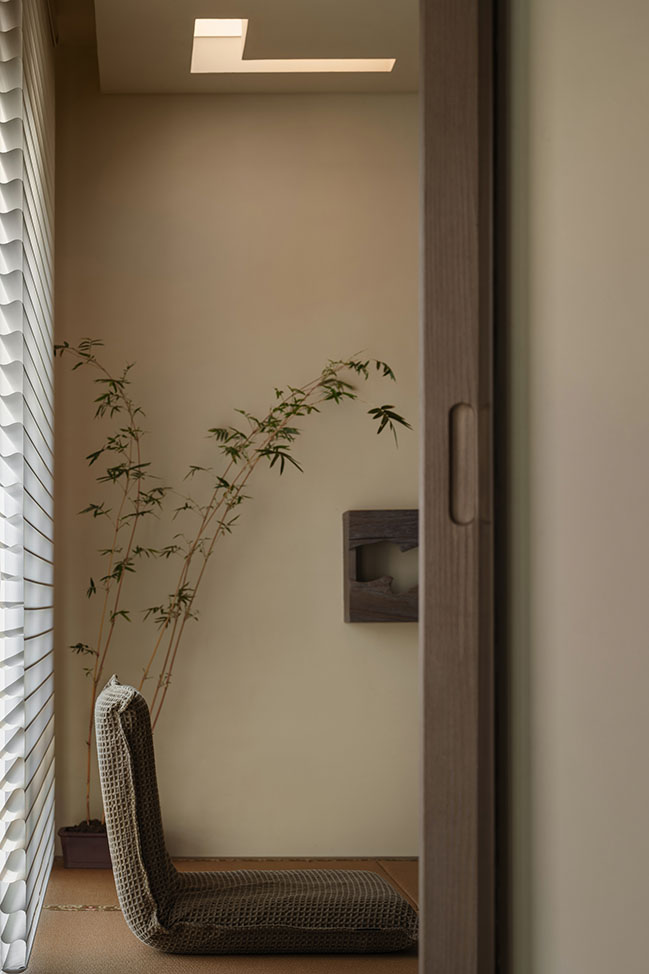
Bamboo Box by CUN DESIGN | Modern villa with aesthetic of moutain and bamboo
07 / 17 / 2024 The project successfully integrates the aesthetic concept of living in mountain and bamboo into modern villa life, creating a residence that blends classical charm and modern comfort...
You might also like:
Recommended post: S|H Apartment by Yael Perry
